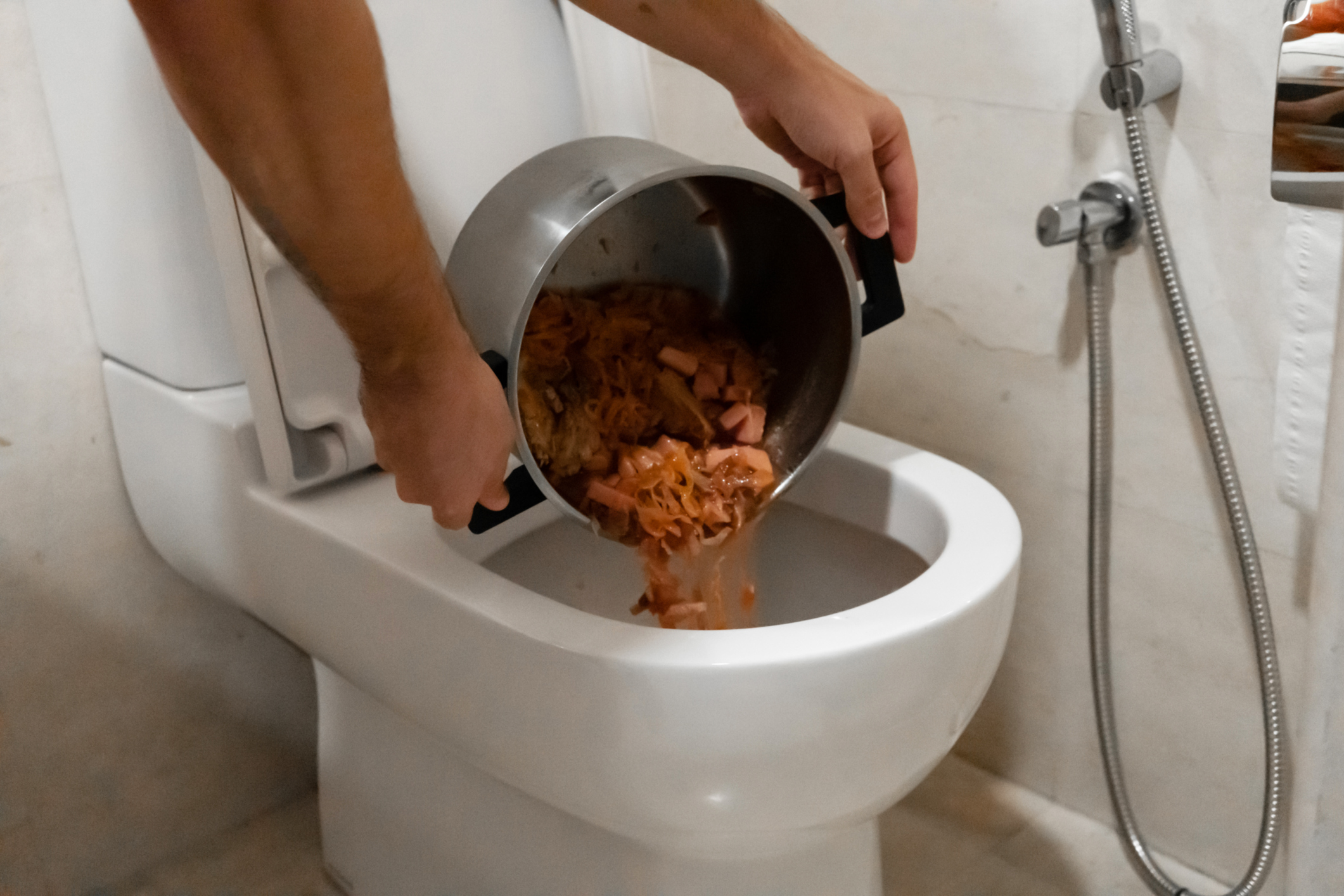Is it Suitable to Dispose of Food in the Toilet?
Is it Suitable to Dispose of Food in the Toilet?
Blog Article
We've come across this great article on What Can Happen If You Flush Food Down the Toilet? below on the web and reckoned it made sense to write about it with you on my blog.

Introduction
Lots of people are commonly confronted with the issue of what to do with food waste, especially when it concerns leftovers or scraps. One common question that emerges is whether it's okay to purge food down the bathroom. In this post, we'll explore the reasons that individuals may think about purging food, the repercussions of doing so, and different techniques for proper disposal.
Reasons that people could consider flushing food
Lack of recognition
Some people might not know the prospective harm caused by flushing food down the toilet. They might erroneously believe that it's a safe technique.
Ease
Flushing food down the commode might feel like a quick and very easy option to taking care of unwanted scraps, especially when there's no close-by garbage can readily available.
Idleness
In many cases, people might just choose to flush food out of large laziness, without considering the repercussions of their actions.
Repercussions of flushing food down the toilet
Ecological effect
Food waste that ends up in waterways can add to pollution and damage water communities. Additionally, the water made use of to purge food can stress water sources.
Plumbing problems
Flushing food can lead to clogged up pipes and drains, triggering costly pipes fixings and hassles.
Sorts of food that need to not be flushed
Fibrous foods
Foods with fibrous textures such as celery or corn husks can obtain entangled in pipelines and trigger clogs.
Starchy foods
Starchy foods like pasta and rice can absorb water and swell, resulting in blockages in pipelines.
Oils and fats
Greasy foods like bacon or cooking oils need to never be purged down the bathroom as they can strengthen and create blockages.
Appropriate disposal approaches for food waste
Making use of a waste disposal unit
For homes outfitted with garbage disposals, food scraps can be ground up and flushed through the pipes system. However, not all foods are suitable for disposal in this fashion.
Recycling
Certain food product packaging products can be reused, decreasing waste and minimizing ecological influence.
Composting
Composting is an environment-friendly way to deal with food waste. Organic materials can be composted and used to enrich dirt for horticulture.
The value of appropriate waste management
Lowering ecological harm
Proper waste management methods, such as composting and recycling, assistance reduce pollution and protect natural deposits for future generations.
Securing pipes systems
By preventing the method of flushing food down the commode, home owners can stop pricey pipes repair work and preserve the stability of their plumbing systems.
Final thought
To conclude, while it may be appealing to flush food down the toilet for convenience, it is very important to understand the prospective consequences of this action. By embracing correct waste administration practices and getting rid of food waste responsibly, people can contribute to healthier plumbing systems and a cleaner environment for all.
FLUSH FOOD DOWN THE TOILET?
FLUSHING FOOD CAN CAUSE BLOCKED DRAINS IN YOUR HOME
All of the plumbing fixtures in your home are connected to the same sewer pipe outside of your home. This outdoor sewer pipe is responsible for transporting all the wastewater from your home to the Council sewer mains. Even small pieces of food that go down the kitchen sink can cause problems for your sewer. It should therefore be obvious that flushing larger bits of food, such as meat, risks a clog in either the toilet itself or the sewer pipes. Flushing greasy food is even more problematic because oil coagulates when it cools, coating the interior lining of your pipes.
THE TOILET IS NOT A BIN
Food isn’t the only thing that people shouldn’t be flushing down the toilet. People use the toilet to dispose of all kinds of things such as tampons, makeup wipes, dental floss, kitty litter and even underwear. Water goes to great lengths to educate residents about the high costs and stress placed on wastewater treatment systems simply from people flushing the wrong stuff down the toilet. It costs taxpayers millions of dollars each year, and homeowners thousands in blocked drain repairs.
FLUSHING FOOD IS A WASTE OF WATER
Flushing food is a waste of our most precious resource - water. In June this year Level 1 water restrictions were introduced to protect water supply from drought conditions. Much of New South Wales continues to be affected by prolonged drought with recent figures revealing up to 97 per cent of the state remains in drought. Depending on whether you have a single or dual flush toilet, every single flush uses between five and 11 litres of water. In the current climate this is a huge amount of water to be wasting on flushing food that should be placed in the bin (or better yet, the compost).
https://www.jabplumbingsolutions.com.au/blog/can-you-flush-food-down-the-toilet

Hopefully you enjoyed reading our post on What Can Happen If You Flush Food Down the Toilet?. Thanks a lot for taking time to read our content. Do you know someone else who is curious about the subject? Take a moment to promote it. Many thanks for your time spent reading it.
More Details Report this page